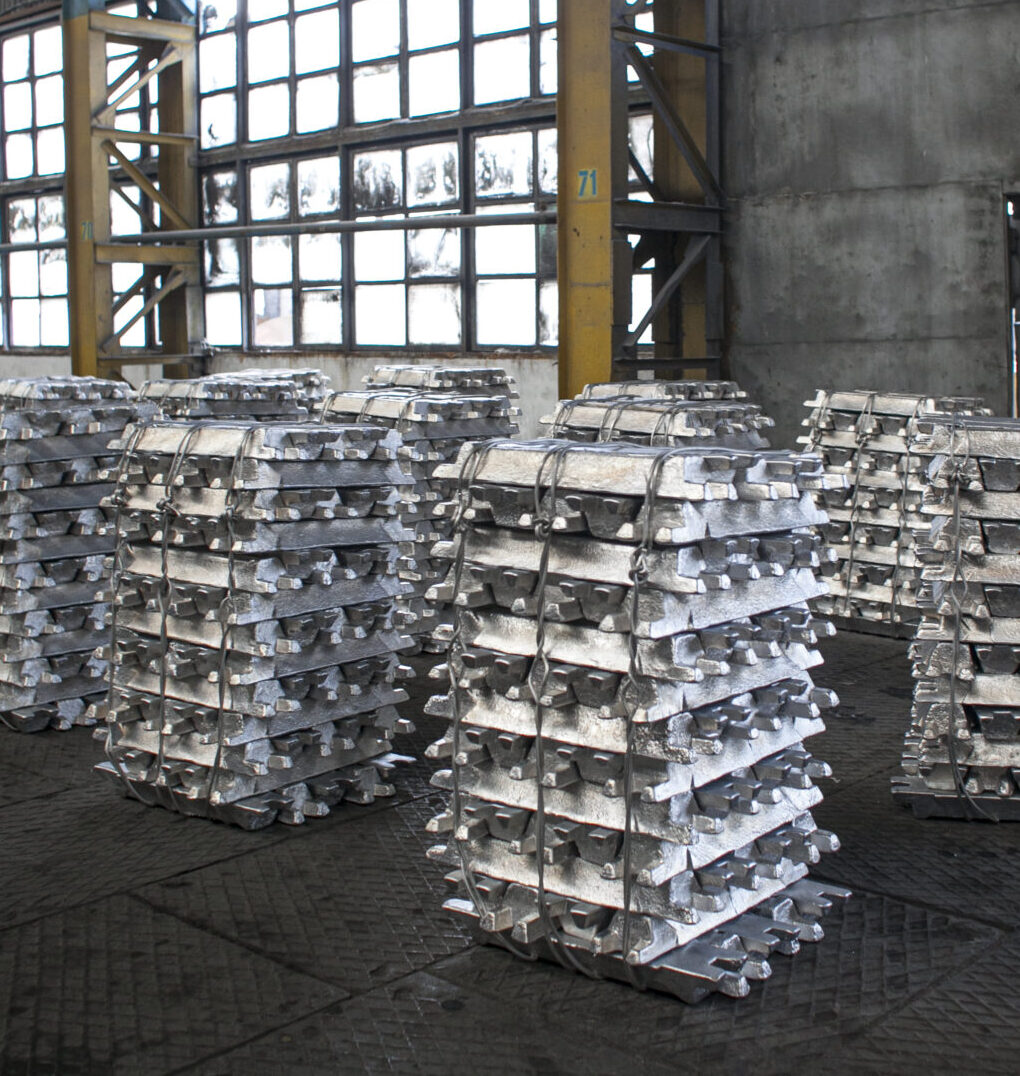How future heat may kill millions of healthy people
As global temperatures rise, deadly heatwaves are becoming more common. So is our understanding of how the body responds.
Extreme heat is a well-known threat to the elderly and people with health conditions. But tens of millions of healthy people may soon face a lethal form of heat stress, no matter how fit or acclimated they are. “Uncompensable heat stress,” as this is known, occurs when a healthy, acclimated person taking every precaution – resting, hydrating, and sweating – can no longer keep their core temperature in check. Put another way, the body cannot realize sufficient cooling to compensate – leading to overheating and, ultimately, death.
The body’s limit is determined by a combination of factors including air temperature, humidity, solar radiation, and wind. Early research proposed a threshold for uncompensable heat stress corresponding to a “wet-bulb temperature” – a combined measure of heat and humidity – of 35 degrees Celsius. More recent work has added nuance to the wet-bulb temperature threshold, finding that the true limit tends to be lower as most people are not optimally adapted to heat.
Previous research has also often assumed people will escape indoors to beat the heat, underestimating the threat. But for over a billion people worldwide, moving indoors is not an option. Farmers work long hours under direct sunlight, as do those who must walk long distances to collect drinking water. What about them?
A paper I just published with Yuanchao Fan of Tsinghua Shenzhen International Graduate School, a former postdoc at Harvard, addresses this question by combining a detailed scientific model of the human body’s response to heat with climate model projections of future conditions. We incorporate the effects of sunlight and wind, which play a significant role in outdoor heat exposure but have been oversimplified or ignored in prior work.
We show that tens of millions of people engaged in essential outdoor activities will face several days of uncompensable heat stress each year at just 2C of global warming. At 4C of warming, hundreds of millions are impacted and uncompensable heat stress events occur roughly twice as often as at 2C. (For context, the world has already warmed about 1.5C since the start of the Industrial Revolution and is headed well past 2C.)
People living in low latitudes, including parts of South Asia, sub-Saharan Africa, Australia, and the Middle East, will face the most severe repercussions, with some areas already nearing these dangerous conditions.
Shade only partially fixes the problem. Standing under a tree or other outdoor shelter reduces solar radiation on the body, but does not eliminate it because it bounces around anywhere there is daylight. Even assuming abundant shade, the population exposed to uncompensable heat stress is more than six times higher than estimated if you ignore radiation entirely, we found.
Impacted communities will need to shift daytime outdoor work to night or face dire health consequences. This is easier said than done: For example, women often bear the brunt of collecting water, but it may not be safe for them to do so at night. Even if direct health shocks can be avoided by major behavioral changes, those changes will incur social, economic, and political consequences.
What remains unknown
Climate models have various limitations. Our study provides plausible scenarios that help us understand the risks, but are not precise forecasts.
Our estimates are also deliberately conservative. We do not include population growth in our calculations. We only consider impacts on farmers and those without nearby access to drinking water, but there are other groups who cannot easily access shelter who will also be impacted. And heat stress is still dangerous well below uncompensable thresholds. All of this suggests our estimates of the population affected are probably low.
Perhaps the biggest unknown is how much we will allow our planet to warm. Avoiding the worst impacts of uncompensable heat stress will require large and rapid reductions in fossil fuel-related emissions, among other measures, to limit warming to well below 2C.
All perspectives expressed in the Harvard Climate Blog are those of the authors and not of Harvard University or the Salata Institute for Climate and Sustainability. Any errors are the authors’ own. The Harvard Climate Blog is edited by an interdisciplinary team of Harvard faculty.














